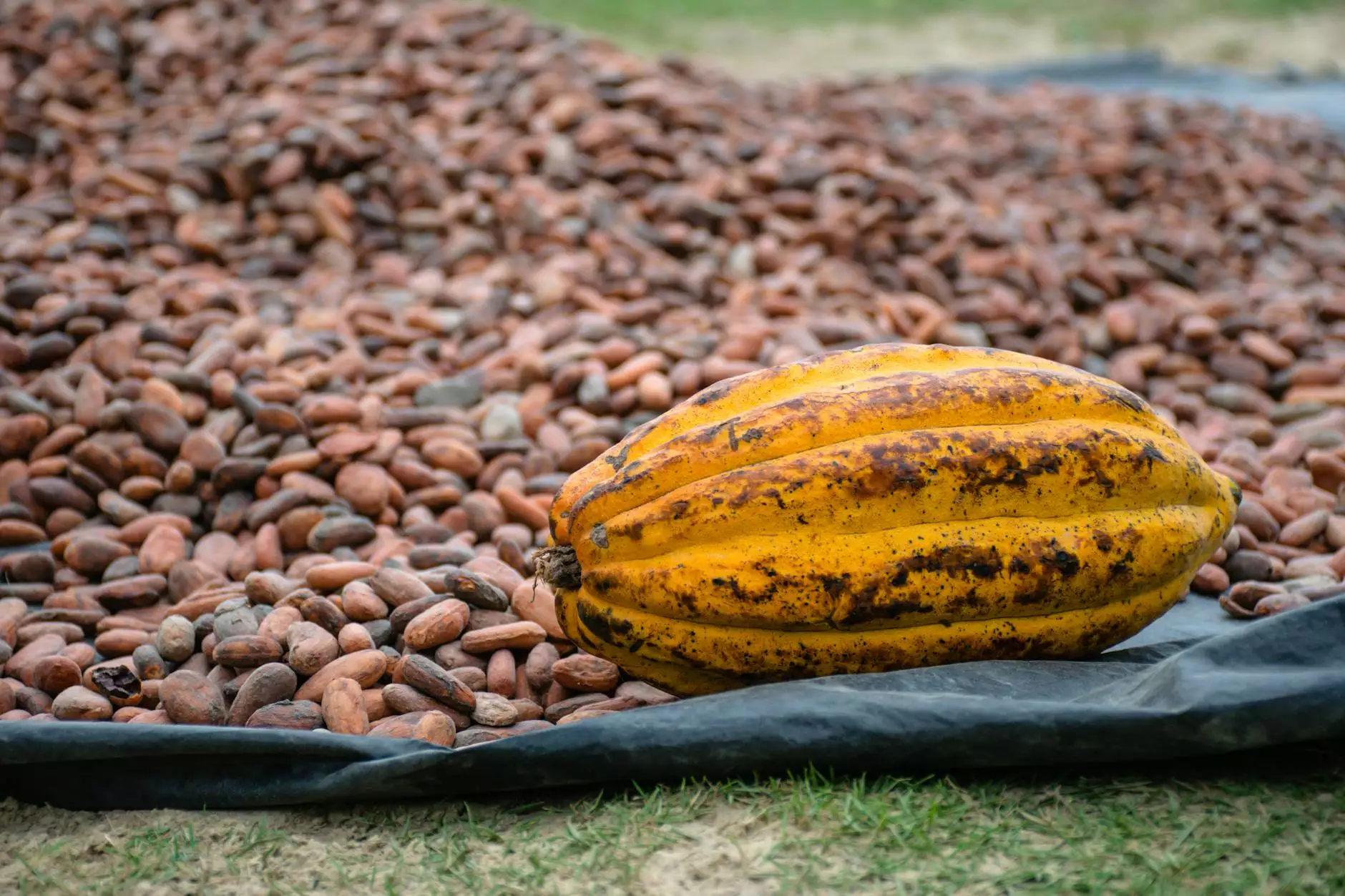How to Store Wheat: A Comprehensive Guide for Farmers

Wheat is one of the most important staple foods around the world, serving as a primary source of carbohydrates, proteins, and essential nutrients. Properly storing wheat is crucial for maintaining its quality and preventing spoilage. In this extensive guide, we will explore how to store wheat effectively, ensuring that your harvest remains fresh and usable for as long as possible. Whether you're a small-scale farmer or run a large agricultural operation, these tips will be invaluable.
Understanding Wheat Storage Requirements
Before diving into the specific methods, let's discuss the key factors that influence how to store wheat efficiently:
- Temperature: Wheat should be stored in a cool, dry place. Temperature plays a significant role in the longevity of wheat.
- Humidity: Maintaining low humidity levels is critical. High moisture content can lead to mold growth and spoilage.
- Pest Control: Protect your stored wheat from pests that can contaminate or destroy it. Regular checks are essential.
- Packaging: Utilize appropriate storage containers to safeguard the quality of wheat.
Best Practices for Storing Wheat
1. Preparing Wheat for Storage
Before storing wheat, it is essential to prepare it properly:
- Cleaning: Clean the wheat to remove any debris, insects, or damaged grains. This reduces the risk of spoilage.
- Drying: Ensure the wheat has a moisture content of less than 13 percent. Use a moisture meter to check this.
- Cooling: If the wheat is warm, let it cool to room temperature after drying. This helps to manage condensation risks in storage.
2. Choosing the Right Storage Facility
Choosing a suitable storage facility significantly impacts the quality of stored wheat. Here are some options:
- Grain Bins: Ideal for large-scale farmers, grain bins offer a controlled environment that can be monitored easily.
- Silos: These large structures are often used for significant amounts of grain and are beneficial for long-term storage.
- Plastic Containers: For small-scale storage, airtight plastic containers can be an excellent choice to keep out moisture and pests.
3. Optimal Conditions for Storage
Creating the ideal environment is crucial for effective wheat storage. Maintain the following conditions:
- Temperature Management: Maintain a storage temperature below 60°F (15°C) if possible, as higher temperatures can lead to spoilage.
- Humidity Levels: Keep relative humidity below 60%. Use dehumidifiers if necessary, especially in humid climates.
The Importance of Pest Management
Insects and rodents can wreak havoc on stored grain. To ensure the quality and safety of your stored wheat, implement effective pest management strategies:
- Regular Inspections: Conduct regular checks to identify any signs of pest activity.
- Sanitation: Keep the storage area clean to deter pests from nesting.
- Usage of Pesticides: When necessary, use appropriate pesticides, following label directions and safety precautions.
Labeling and Inventory Management
Maintaining an organized inventory system is vital. Every container should be labeled clearly with the following information:
- Date of Storage: Knowing when the wheat was stored helps with tracking shelf life.
- Batch Number: Useful for managing different harvests and quality assessment.
Using Advanced Technology in Wheat Storage
Incorporating technology into your storage practices can greatly enhance storage effectiveness:
- Temperature and Humidity Sensors: These can provide real-time data, allowing for better management of storage conditions.
- Automated Ventilation Systems: Maintain optimal air circulation to control temperature and humidity levels.
- Mobile Apps: Utilize apps for inventory management to keep track of your wheat stocks easily.
Periodical Check-Ups and Maintenance
Regular maintenance is vital to ensure the ongoing quality of your stored wheat:
- Routine Inspections: Check for pests, moisture levels, and other conditions at regular intervals.
- Record Keeping: Document all findings and any issues encountered during inspections for future reference.
Conclusion
In the world of agriculture, understanding how to store wheat effectively plays a critical role in preserving its quality and ensuring your investment returns. By following these best practices, understanding the requirements, and incorporating modern technologies, you can achieve optimal results in your wheat storage efforts. Remember that the goal is not only to keep the wheat safe but also to maintain its quality so that it can be utilized effectively.
To stay updated on farming techniques and equipment, visit tsgcinc.com for more insights and information regarding Farm Equipment Repair and Farming Equipment. With the right knowledge and tools, you can ensure that your wheat storage methods are top-notch, leading to better performance and productivity on your farm.
Further Resources
For additional information on wheat storage and agricultural practices, consider the following resources:
- USDA - United States Department of Agriculture
- eXtension - Online Cooperative Extension Resources
- Agribil - Precision Agriculture Solutions









